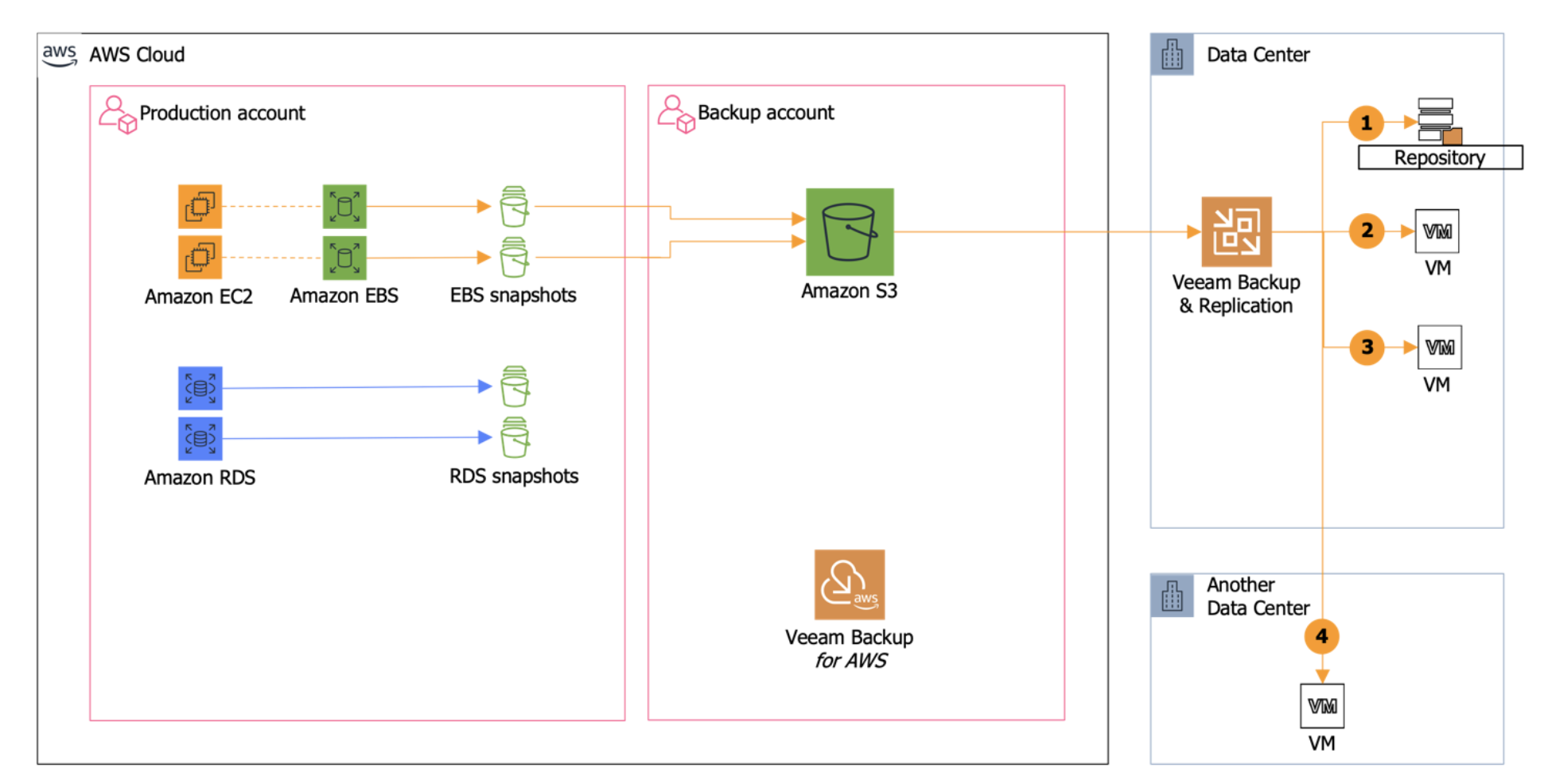Using AWS in a Hybrid Environment
As the adoption of the public cloud grows, more and more people are finding themselves adopting a hybrid cloud model. This adoption is being driven out of necessity more than any architectural design decision. When you start to look closely at what makes a hybrid cloud, it’s increasingly understandable why more and more people are using AWS in this hybrid model.
Of course, when we think about why you would use a hybrid cloud, it’s the mixture of different computing models that is the most obvious reason. With a hybrid cloud model consisting of on-premises infrastructures, private cloud services, and public cloud offerings, and being able to orchestrate the deployment of workloads and components across these, it becomes increasingly easy to distribute an application in a resilient manner.
AWS services
AWS provides so many different services from IaaS virtual machines, PaaS relational database offerings, through to all different types of storage offerings at extremely low costs. When we start to look at how we can leverage AWS in a hybrid cloud world, it becomes extremely obvious that storage is at the forefront of these decisions, but the key driver behind everything in the cloud is agility. It’s a buzzword that has been around for quite some time, but the ability to spin up and destroy workloads on-demand without having to invest a large amount of capital to deliver a new service or capability to a business is what is driving this hybrid cloud adoption. Of course, when you start to introduce different platforms into your already existing environment, complexities can exist. Overcoming these complexities is what makes a successful hybrid cloud implementation. Considerations around security, authentication, networking, and connectivity must be looked at. In short, these considerations are the same as when a new data center is implemented, it is just simply a different platform.
Veeam, AWS, and the Hybrid Cloud
As more and more businesses adopt this hybrid cloud approach, protecting and migrating workloads across these different platforms becomes extremely complex. This is where Veeam can help businesses deliver on the true promise of a hybrid cloud. Veeam offers multiple products that can be used individually in a modular way, to provide data protection and management of individual resources and services or combined to provide a centralized data management solution.
Let’s look at a real-world scenario. In this example, we have some workloads running out in AWS that need to be migrated to our on-premises data center. Maybe we are facing latency issues, or we have a security requirement for this application to be closer to some services running on-premises. Using Veeam, we can easily protect those workloads and migrate those to another data center.
 The diagram above shows how simple this can be carried out. By protecting workloads in AWS and using Veeam, you can simply move workloads across different platforms. It doesn’t matter which direction you want to move workloads either, you can just as easily take a virtual machine running on VMware vSphere or Microsoft Hyper-V and migrate that to AWS EC2 as an instance. You can move workloads across multiple platforms or hypervisors extremely easily.
The diagram above shows how simple this can be carried out. By protecting workloads in AWS and using Veeam, you can simply move workloads across different platforms. It doesn’t matter which direction you want to move workloads either, you can just as easily take a virtual machine running on VMware vSphere or Microsoft Hyper-V and migrate that to AWS EC2 as an instance. You can move workloads across multiple platforms or hypervisors extremely easily.
Summary
Introducing and implementing a hybrid cloud with AWS may be daunting, but it needn’t be complex. By taking a considered approach to aspects such as networking, connectivity, and migration, leveraging AWS in a hybrid cloud model with your existing on-premises implementation can provide anyone with an agile, simple, quick, and easy approach to delivering new services and capabilities. Combine that with products from companies like Veeam, and implementing a true hybrid cloud data management solution is extremely simple, providing you with the flexibility of moving workloads across multiple platforms, while implementing a reliable service to the end customers of the business.
For more information on Veeam, please visit the Veeam Backup for AWS page. Also, don’t forget to check “Choose Your Cloud Adventure” interactive e-book to learn how to manage your AWS data like a hero